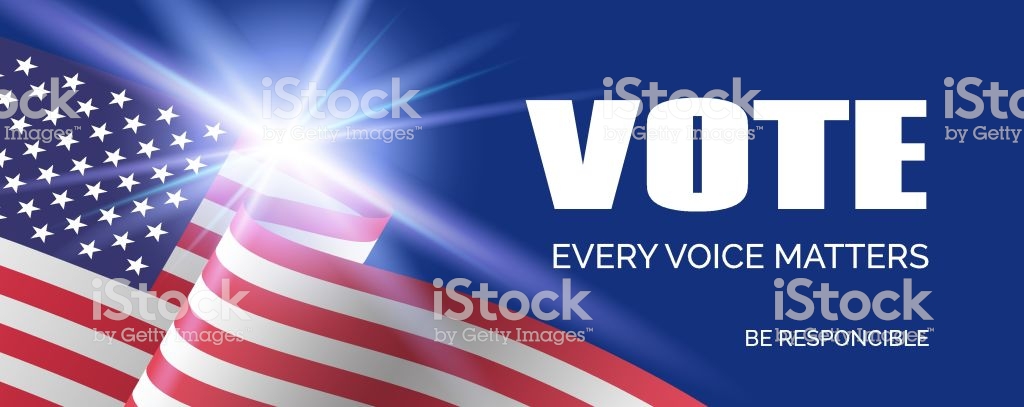Four hundred years old and still in vogue, straw hats were a legendary role in history. A native of Ecuador in the 16th century, the natives used this light, translucent headgear to scare the first Spaniards who invaded their lands.
Archaeological discoveries of ceramic figurines wearing curious caps on the Ecuadorian coast contributed to this story. This legend of the hat became the beginning of the production of straw hats in hand which is considered unique in the world.
To get more information about straw hats for women, you may go through https://www.clementandgrace.com/collections/summer-collection/straw-hat.

Image Source: Google
Later, the production of straw hats had cultural and commercial importance that changed the economy of the coast for decades.
In the 18th century, a notable development of hat production took off. The headgear has several names like Jipijapa, Montecristi Panama hats, and Toquilla.
Toquilla is derived from the word toque, the name of the hat that Spaniards wore at the time of the conquest.
While Toquilla hat production itself had already implemented, Panama became the commercial center of South America and the world. The traders came to swap their sugar, gold, and coffee with Ecuadorian popular straw hats.
The original Voyagers Emperor Napoleon presented with one of the finest black straw hats during his exile he exchanged later with the beautiful white Montecristi hat that stayed by him for a long time.
